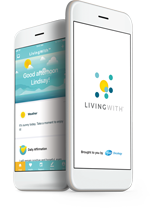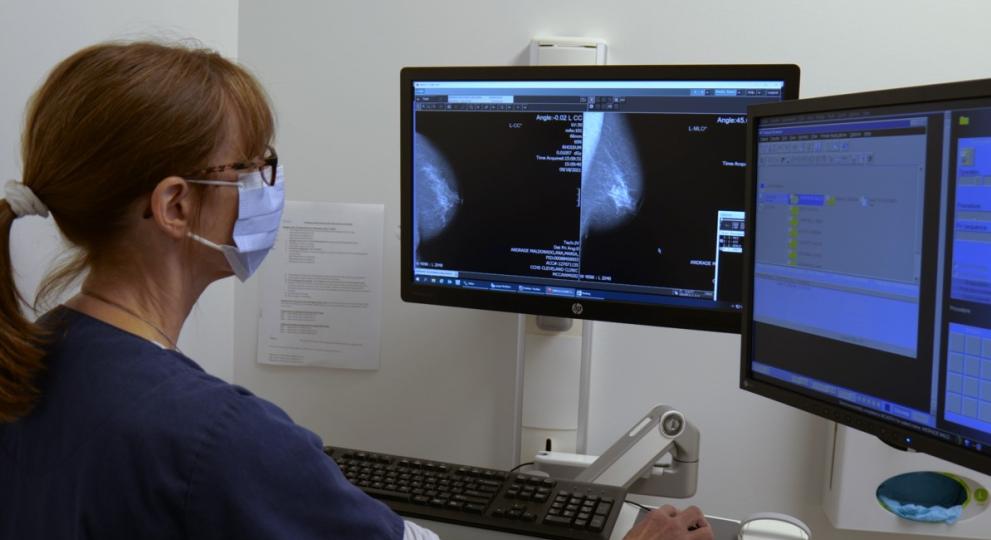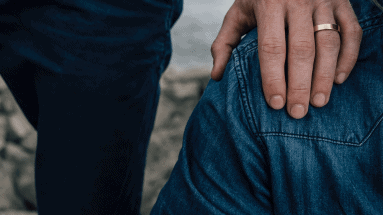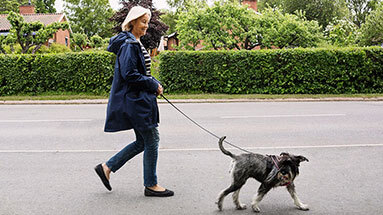Breast Cancer Cleveland Clinic Foundation Video
Breast Cancer Cleveland Clinic Foundation Video
One in eight women will experience invasive breast cancer in their lifetime. Without knowing you have symptoms, without knowing what to look for yourself, it's important that you talk to your health care provider to have access to the screening that's available.
What is breast cancer?
Breast cancer is the most common form of cancer seen in women in the United States, outside of skin cancers. It's also the most common cancer seen in women throughout the world. In the United States, there are roughly 250 to 300,000 new breast cancers diagnosed each year.
Why should I know about breast cancer?
In terms of things women should know about breast cancer, they should know that number one -breast cancer can be detected early using screening mammography, and that two -women who have a family history of breast cancer or otherwise higher risk of breast cancer, should consider earlier mammogram screenings as well as a consideration of MRI in appropriate cases.
What are some of the warning signs of breast cancer?
If you're aware of your body and if you regularly check your breasts for any lesions, lumps or bumps, or if you have any redness or nipple discharge, those would be things to alert your health care provider to have a clinical breast exam and potentially a mammogram.
What I want to know is how can I protect myself from breast cancer?
Most breast cancers do not have an underlying genetic risk factor that causes them to develop breast cancer. Living a healthy lifestyle, maintaining a healthy weight, healthy diet, exercise, alcohol consumption - we know that alcohol consumption does increase a woman's risk for breast cancer.
The most important thing is screening mammogram to identify early breast cancer. We also recommend women doing self-breast exams. However, a screening mammogram can identify a breast cancer lesion before it's even palpable and before you can even feel it on exam. So, you may not be able to prevent developing breast cancer, but you really want to identify it as early as possible.
What if I have a family history of breast cancer?
One of the first things that we should do is take a dedicated history regarding your family history and looking at how many family members have been diagnosed with breast cancer, what age they were diagnosed with breast cancer. Also, history should also look for other types of cancers, particularly ovarian cancers, as this may be linked to a specific genetic syndrome, but also paying attention to other cancers within the family.
Are mammograms painful and what should I expect?
The first thing they should expect is upon checking in for a mammogram, is to change into a gown from the waist up. Subsequently, women will be taken to the mammogram area where the breasts will be mildly compressed. This can cause mild discomfort, but it does resolve shortly after the mammogram is over. The typical screening mammogram consists of each breast being imaged in two ways so that the breasts can be evaluated from top to bottom, left to right and front to back to look for any changes, masses, calcifications or other abnormalities.
How accurate is a mammogram?
It's important to remember that no test is 100% accurate. However, mammograms are 85% to 90% accurate at detecting breast cancers.
I'm a guy. What do I need to know about breast cancer?
While the incidence of breast cancer in men is much lower than that in women, breast cancer does occur in men. Men who develop breast cancer commonly develop symptoms, including a lump in the breast area or in the armpit area, as well as potential skin and nipple changes.










